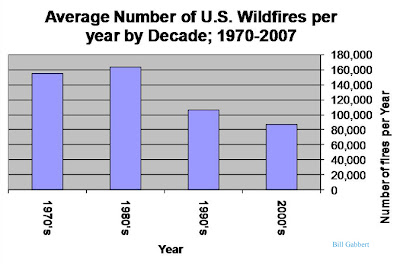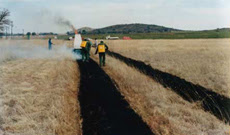The Long Beach, California Press-Telegram has information about the fire on the island off the California coast last May which burned several structures, including one home:
“An Indiana man has been charged for allegedly starting the Santa Catalina Island fire in May, authorities said Tuesday.
Gary Dennis Hunt, 49, was charged with two felony counts in his arrest warrant: one for recklessly causing a fire to an inhabited structure and one for recklessly causing a fire to a structure or forest. Three Catalina Island addresses were listed in the counts.
According to the Los Angeles County district attorney’s office, Hunt was a subcontractor working on the island. Despite posted signs about extreme fire danger and prohibition of open flames, he allegedly used an open-flame torch on May 10 to cut the cables on the island’s radio tower, Ambrose said.
That allegedly started the fire, which burned 4,750 acres and cost $5 million to fight.”







